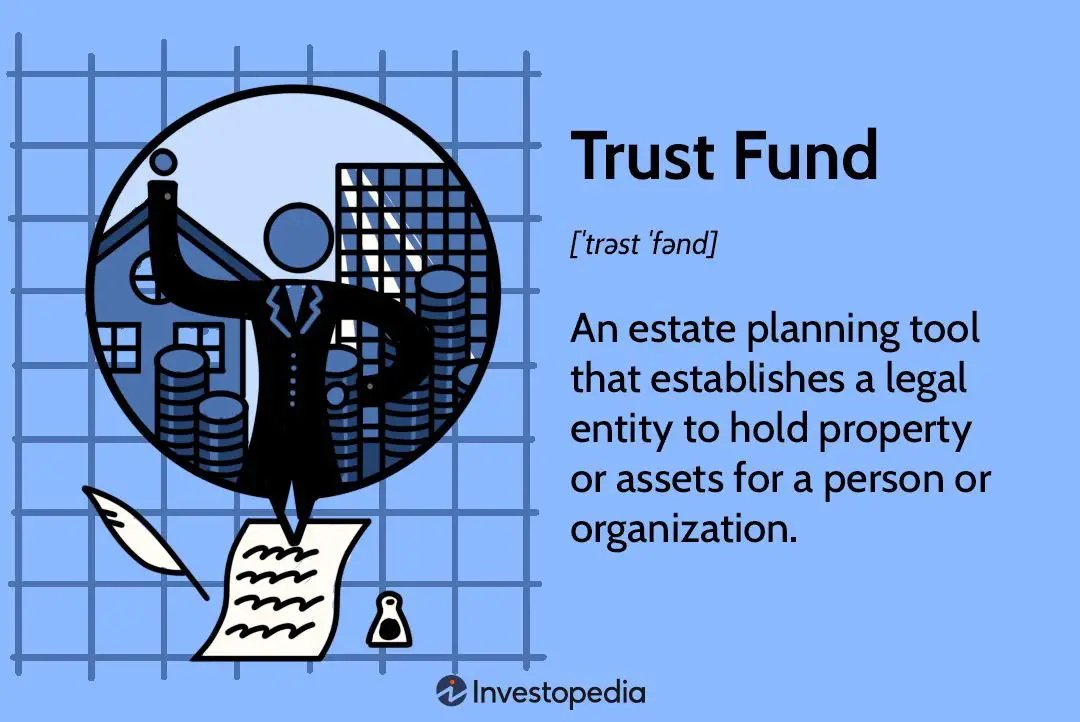Fractional ownership in real estate has gained significant popularity in recent years, allowing individuals to invest in high-value properties without bearing the burden of full ownership. So, you might be wondering, “What is fractional ownership in real estate?” Well, it’s a shared ownership model where multiple investors collectively own a property, typically facilitated through a legal framework. This innovative concept offers a pragmatic solution for those seeking to diversify their investments and indulge in the luxury of owning a portion of prestigious real estate. In this article, we’ll delve into the intricacies of fractional ownership and explore the benefits it brings to both investors and property owners. Let’s dive in!
What is Fractional Ownership in Real Estate?
Real estate is a lucrative investment opportunity, but it often requires a significant amount of capital. Many individuals dream of owning a property, but the costs associated with purchasing and maintaining real estate can be a major barrier to entry. This is where fractional ownership comes into play.
Fractional ownership in real estate is a concept that allows multiple investors to collectively own a property and share its benefits, including financial returns and personal use. By dividing the ownership into smaller, more affordable shares, fractional ownership enables individuals to access high-value properties they wouldn’t be able to afford on their own.
Fractional ownership can take various forms, such as shared ownership, property syndicates, or private residence clubs. Each model has its unique characteristics and benefits, but they all share the underlying principle of pooling resources to acquire and enjoy real estate assets. Let’s explore these different forms of fractional ownership in more detail.
Shared Ownership
Shared ownership is perhaps the most common type of fractional ownership. In this arrangement, several individuals come together to collectively purchase a property. Each owner holds a specific percentage of the property, typically represented by shares or fractional units.
The shared ownership model offers several advantages, including:
- Lower Cost: By dividing the property’s purchase price among multiple owners, each individual’s financial burden is significantly reduced.
- Access to Prime Locations: Shared ownership allows investors to afford properties in desirable locations that would otherwise be out of reach.
- Shared Expenses: The costs associated with property maintenance, repairs, and management are divided among the owners, making it more manageable for everyone.
- Increased Flexibility: Owners can decide how to use their allocated time in the property, whether it’s for personal use or renting it out to generate income.
- Potential for Appreciation: As the property value appreciates over time, each owner benefits from the increase proportionate to their ownership stake.
Property Syndicates
Property syndicates are another form of fractional ownership that involves a group of investors pooling their resources to acquire real estate assets. These syndicates are typically structured as trusts or companies, with each investor owning units or shares in the entity.
Property syndicates offer investors several advantages:
- Diversification: By investing in a syndicate, individuals can diversify their real estate portfolio by gaining exposure to multiple properties across different locations and asset classes.
- Professional Management: Syndicates are usually managed by experienced professionals who handle property acquisition, management, and eventual sale, relieving investors of the administrative burden.
- Liquidity: Unlike traditional real estate investments, syndicate units can be more liquid as they are often traded on secondary markets, providing investors with opportunities for buying or selling their ownership interest.
- Lower Barrier to Entry: Property syndicates allow individuals to invest in high-value properties with a lower capital requirement, making it accessible to a broader range of investors.
- Regular Income: Syndicate investors typically receive regular income distributions based on the rental income generated by the properties owned by the syndicate.
Private Residence Clubs
Private residence clubs offer a unique type of fractional ownership that focuses on luxurious vacation properties, such as beachfront villas or mountain chalets. By becoming a member of a private residence club, individuals gain access to an exclusive portfolio of properties.
Here’s how private residence clubs work:
- Membership: Individuals become members by purchasing an ownership interest in the club, usually represented by a specific number of weeks or usage rights per year.
- Exclusive Amenities: Private residence clubs often provide high-end amenities and services, such as concierge assistance, fitness centers, spa facilities, and access to nearby golf courses or ski resorts.
- Managed Properties: The club takes care of the maintenance, repairs, and property management, ensuring that the properties are in pristine condition for the members’ enjoyment.
- Exchange Programs: Some private residence clubs offer exchange programs, allowing members to trade their weeks or usage rights with other club members, providing even more flexibility in vacation destinations.
- Prestige and Privacy: Being part of an exclusive residence club brings a sense of prestige and offers a private, secluded vacation experience for members and their families.
Fractional ownership in real estate provides a range of benefits to investors seeking to access high-value properties without shouldering the full financial burden. Whether through shared ownership, property syndicates, or private residence clubs, fractional ownership opens up a world of possibilities for individuals looking to enter the real estate market. It offers an opportunity to diversify investments, enjoy luxurious accommodations, and generate income from rental properties. So, if you’ve always dreamt of owning a piece of prime real estate, fractional ownership might be the perfect avenue to make that dream a reality.
Fractional Ownership In Real Estate. What Is It And How Does It Work?
Frequently Asked Questions
Frequently Asked Questions (FAQs)
What is fractional ownership in real estate?
Fractional ownership in real estate refers to the division of a property into multiple shares or fractional interests, allowing multiple owners to collectively own the property. Each owner holds a percentage of the property, typically represented as shares or units, and has the right to use the property for a specified period each year.
How does fractional ownership work?
Fractional ownership works by dividing the property into fractions, which are then sold to individual buyers. Each buyer receives a share of the property and becomes a co-owner. The property is managed by a professional management company that handles maintenance, repairs, and reservations for the owners.
What are the benefits of fractional ownership in real estate?
Some key benefits of fractional ownership in real estate include:
1. Cost sharing: The financial burden of owning a property is divided among multiple owners, making it more affordable.
2. Access to luxurious properties: Fractional ownership allows individuals to own a share of high-end properties that they might not be able to afford on their own.
3. Hassle-free ownership: The management company takes care of property maintenance, housekeeping, and other administrative tasks, reducing the owner’s responsibilities.
4. Flexibility: Owners can typically trade or exchange their usage rights with other owners, providing flexibility in vacation destinations.
Can I sell my fractional ownership share?
Yes, fractional ownership shares can usually be sold. However, it’s important to check the terms and conditions outlined in the ownership agreement. Some agreements may require offering the share to other existing owners first before selling it on the open market.
How long is the typical usage period for fractional ownership?
The usage period for fractional ownership can vary depending on the specific property and ownership agreement. Generally, owners have the right to use the property for a certain number of weeks or months each year. This usage period is typically divided equally among the co-owners.
Are there any restrictions on using the property in fractional ownership?
There may be some restrictions on using the property in fractional ownership, which are typically outlined in the ownership agreement. These restrictions can include limitations on the duration of each stay, advance reservation requirements, and rules regarding pets or other house rules.
What happens if one of the co-owners wants to sell their share?
If one of the co-owners wishes to sell their share, they can typically do so. The ownership agreement may outline a process for the sale, such as offering the share to other owners first. In some cases, the management company may assist in facilitating the sale or connecting the owner with potential buyers.
Do fractional owners have a say in the management of the property?
Fractional owners usually have a say in the management of the property. The ownership agreement may include provisions for owner meetings, voting rights on certain decisions, and the selection of a board of directors or management committee to represent the owners’ interests.
Final Thoughts
Fractional ownership in real estate is a unique concept that allows multiple individuals to share ownership of a property. It offers an opportunity for investors to diversify their portfolios without the need for full ownership. With fractional ownership, investors can enjoy the benefits of real estate ownership, such as potential appreciation and rental income, while sharing the costs and responsibilities with other co-owners. This arrangement can be particularly beneficial for those who want to invest in high-value properties that would otherwise be out of reach. So, if you’re looking for a way to invest in real estate without the burden of sole ownership, fractional ownership in real estate is worth considering.



